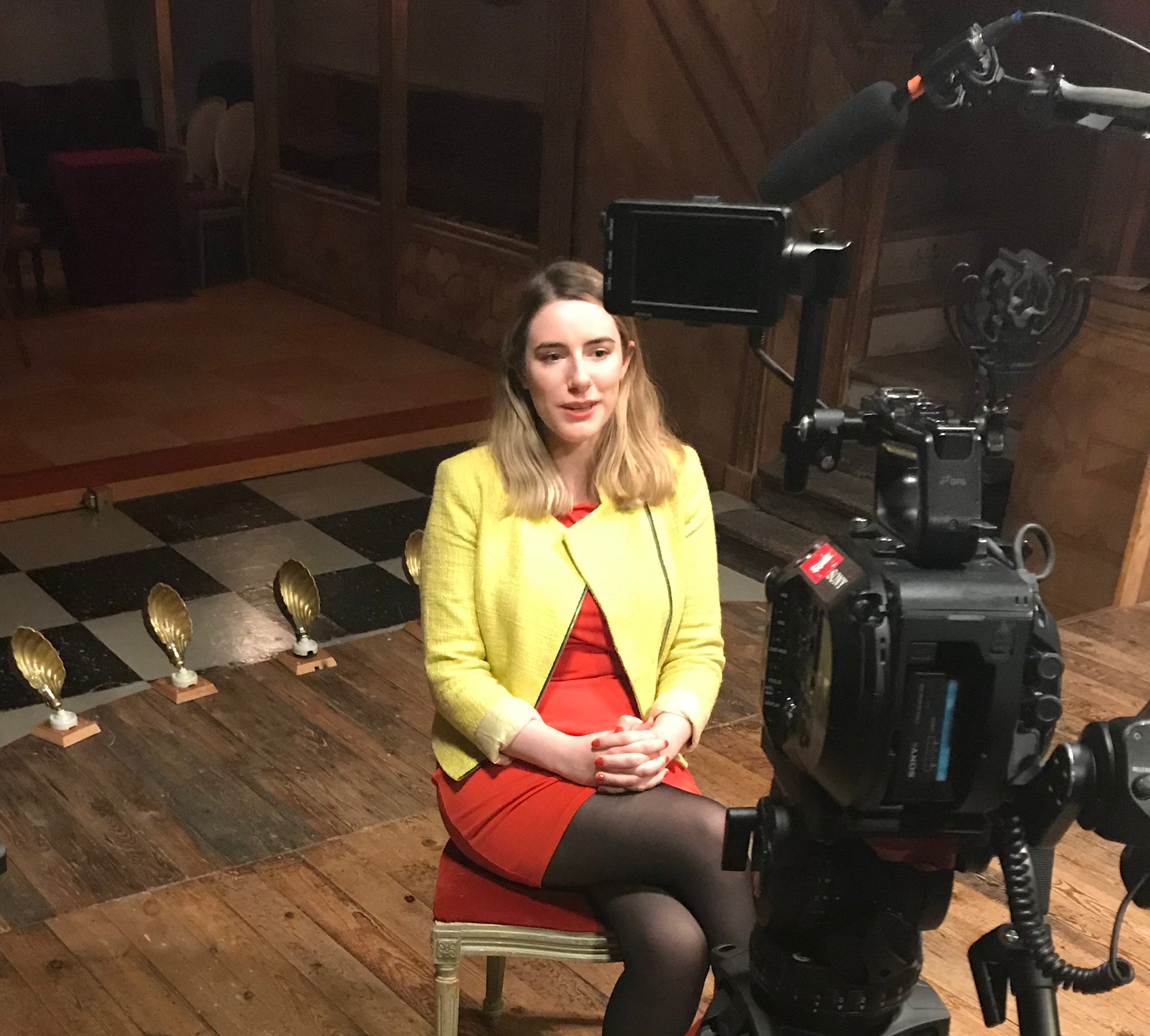Catriona Wilson
Thesis: The Visual Ageing of Queen Victoria and Her Authorised Public Image.
Catriona is undertaking her thesis in collaboration with Historic Royal Palaces as part of the international, AHRC funded research project, Victoria's Self-Fashioning: curating the royal image for dynasty, nation and empire.
Supervisors: Prof Michael Hatt (Warwick) and Joanna Marschner (HRP).
Background:
Prior to her PhD, Catriona studied English at the University of Oxford to BA level, then undertook an MA in Eighteenth Century Studies with King's College London and the British Museum. She has worked and volunteered for the British Museum, the National Trust and the Natural History Museum, taking on roles from visitor assistance to collections digitization. She has also appeared as a Victorian expert on Channel 5.
Research:
‘[Queen Victoria] is roaring well and can do everything she likes and nothing she doesn’t.’ - Lord Clarendon to the Duchess of Manchester, 1869.
Victoria was 42 years old when Albert died: only two years older than our future queen, Kate Middleton, and the same age that Kim Kardashian, queen of reality TV, is now. A study of Victoria's ageing beyond youth must begin with her husband's death because, as a Victorian woman, her adulthood and social ageing was always (and often still is) defined in relation to her marital status. Her widowhood and late adulthood, so often flattened to a tragic epilogue, comprised half her life and two thirds of her reign. My research unpicks her fashioning and curation of her self and public image over this long period.
Albert's tragic death in 1861 gave Victoria a final flush of youth which she took full advantage of, intentionally referencing "young widow" conventions from genre painting in her deepest mourning portraits, before careening her into the dangerous position of being "a woman of a certain age". Building on Adrienne Munich's prior work on the topic, I investigate the relationship between Victoria's publicly presumed menopause and period of unpopularity in the late 1860s and early 1870s, as well as her management of this crisis.
I then delineate how she updated her image to reflect and celebrate her ageing into a prime of midlife in the mid 1870s that was inextricable from her growing imperial identity and which long endured as the most iconic depiction of the Queen, best captured by von Angeli in 1875. I investigate late-Victorian perceptions of postmenopausal women and gender, to consider how conventions of midlife helped Victoria to naturalise masculine royal authority into her image.
I trace how she continued to curate and fashion her public image to manage, celebrate and mitigate the appearance of her bodily and cultural ageing for the rest of her life. I reflect on how Victoria invented traditions to celebrate her ageing, paving the way for our current royal jubilee year in 2022, and reinvented herself as a vision of aged, imperial glamour.
Finally, I investigate how, precisely, Victoria experienced the ageing of her body and mind in her final decade and selectively disguised it from her public, to complement the rest of my research into how, precisely, she curated herself as an icon.
My research offers fresh insight into Victoria's late-life, an understudied and important period of royal history. Further, I use Victoria as a unique and iconic case study to offer more general insight into perceptions and conventions of gendered ageing in the nineteenth century.
In line with the subject material, my thesis is organised roughly chronologically, but woven through it are thematic explorations of: model/sitter agency, widowhood, royal dress, childhood, memory, gender, disability, imperialism, domesticity, and public vs. private display.

